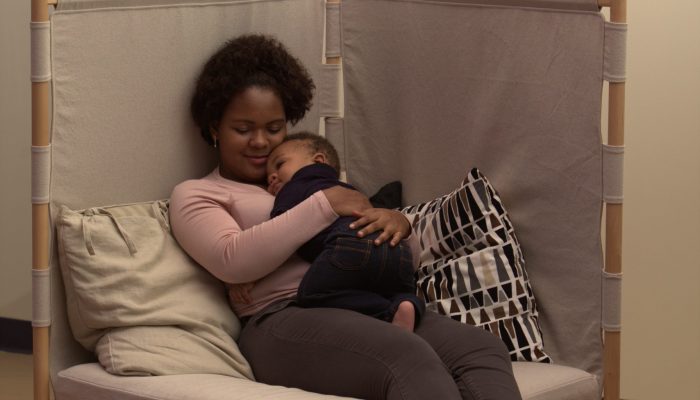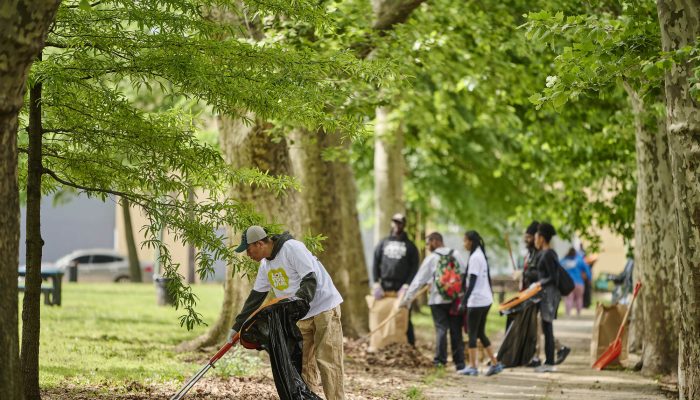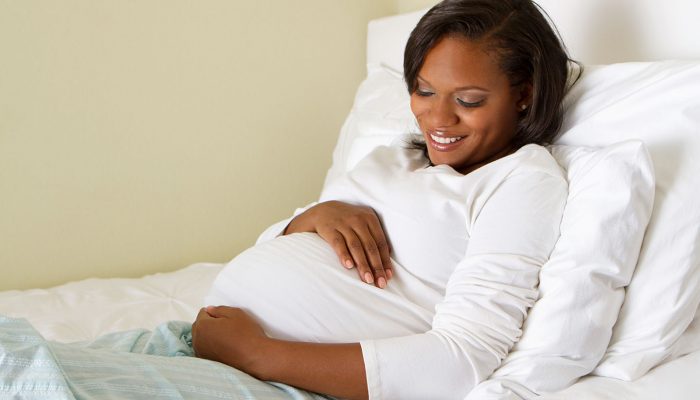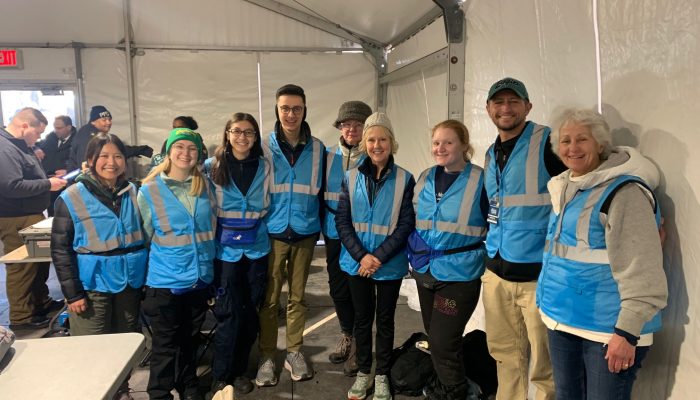Sudden infant death syndrome, or SIDS, refers to the sudden and unexplained death of infants who are less than one year old. As the Health Department observes SIDS Awareness Month in October, we are focusing on safe sleep for infants and highlighting measures you can take to help reduce the risk of SIDS.
Research shows that safe sleep environments can reduce the risk of SIDS. An easy way to make sure your baby’s sleep space is safe for naps and overnight sleep is to follow the ABCs of safe sleep. So, what are they? Just remember this: A stands for Alone; B stands for On Back; and C stands for In a Crib, with no blankets, bumpers, pillows, or toys. Simply put, the incidence of SIDS is reduced when babies are placed alone, on their backs, in cribs.
To further reduce the risk of SIDS, use a firm sleeping surface, feed your baby human milk (breastfeeding, by bottle, etc.), share a room with your baby for at least six months, and keep your baby’s surroundings smoke-free. Also, make sure anyone caring for your baby is alcohol- and drug-free, don’t allow your baby to get too hot, and give your baby plenty of tummy time when awake (with proper supervision, of course).
Philly Crib Program
The Health Department’s Safe Sleep Philly Crib Program provides safe sleep education and free portable cribs to Philadelphia residents with children under one year. The Health Department also conducts safe sleep training for health care providers, community-based organizations, people in early childhood programs, and other providers who interact with families.
For more information, check out these radio and television segments with Safe Sleep Program Manager Annette Frazier on WURD Radio’s The Source and on CBS Philadelphia.




